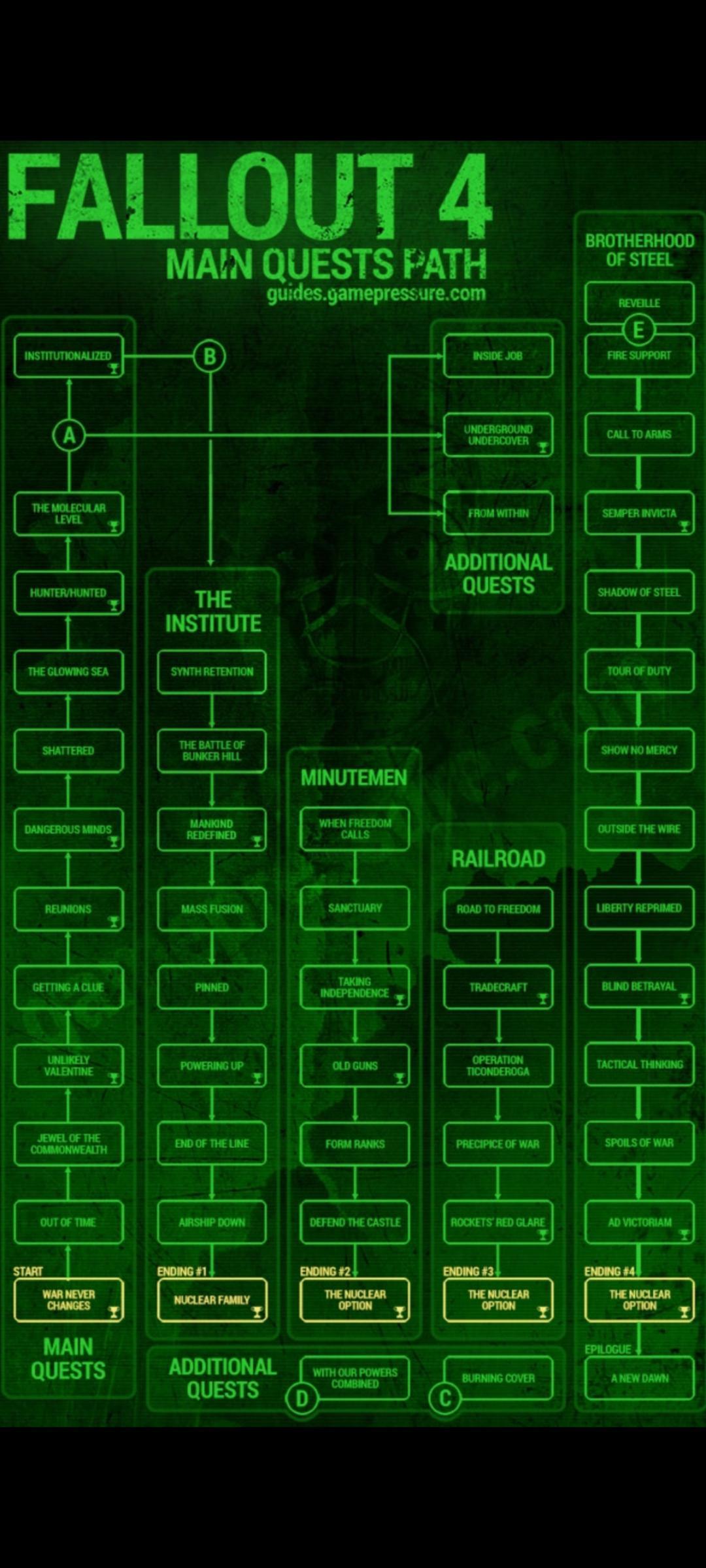“Virginia” is a game developed by Variable State and published by 505 Games in 2016. It’s a single-player mystery game that takes about two to three hours to complete. The game is available on many platforms including consoles, macOS, and PC, but I played this game on PC. Due to the elements of kidnapping, scariness, and thrillness, this game is best suited for a player who’s at least a teenager who enjoys immersive, narrative-driven mystery experiences. It’s for storyteller and collector players because you’re finding information to navigate and uncover the story.
Central argument: “Virginia” uses a minimalistic approach, sound design, and twists to build mystery and control the narrative.
The perspective given to the player is first-person with no heads-up display (HUD). This is a very simple design choice, but it adds so much to the mystery element. The player is never handed information for free: they have to interpret the auditory and visual cues in the game-world, focusing their entire attention on gathering clues. We feel more invested in discovery and sensation, which connects mystery and immersion into a cohesive way to navigate through the story.

Some people might argue that it’s not necessary to cut the entire HUD out, and that certain elements don’t need to be removed. In many other games, you’re provided things such as health bars, directional indicators, inventories, and menus. While I do agree that the entire HUD doesn’t need to be removed to make a successful mystery, I think it’s important to realize just how much of an impact that even seemingly simple visual cues can have. For example, something like a health bar doesn’t reveal anything about a narrative, but it would influence how confident you are to approach certain parts of the environment. If you’re low on health, you wouldn’t approach a scary looking room that might have a monster in it, thus changing how you would interact with the story. It’s much more effective if a player can only go off of clues and information they discover related directly to the story. Even things such as collectable journals with informational text are, in my opinion, boring methods that designers use for “narrative dumps” that take away from immersion.
Sound was also an integral part of Virginia, influencing how the game progressed through its mystery. There was lots of music throughout, but simply having scary or eerie music is too obvious and general of a way to build mystery. What really stood out to me was the sound design, which changed how I interacted with the narrative in a very minimalistic way. There were two main examples of this.
First, when exploring a cave, I heard a small but distinct bird chirping through a wooden-plank wall. This made me super interested in discovering its source, drawing me to a section of the map that I thought was previously unexplorable. However, due to the sound, I realized that the wall could actually be broken down, allowing me to venture into this unknown area. Clearly, this simple sound choice is enough to spike a player’s curiosity, making them suspicious and then transitioning into the next stage of the story. Second, in another section of the game, the player hears a distant car playing music while they’re staked out on the side of the road. The car is a clear indicator that the player needs to follow the source and understand why it’s there. Overall, these types of sounds target the player’s sensation to push them in the direction the story wants them to go.

I was also pleasantly surprised and engaged by the plot twists, which induce dramatic revelations as well as touching character development. The use of jump cuts is great in this sense, taking the player to and away from scenes in startling moments. These are unexpected and shatter previous conceptions you might have had, giving you more clues and avenues to discover. It does this in a way that maintains immersion because you’re never transported through things like large time jumps.
Even though the game does an excellent job of using its mechanics to build mystery, there’s two major elements that could be improved: a lot of successful mystery games implement discovery and challenge in more effective ways. I feel like Virginia didn’t have many opportunities for self-guided discovery because the progression was pretty straight forward. The magic circle felt too constrained—it was always obvious to me when the game was forcing me to go certain directions. The challenges also didn’t entice me enough to want to stay and explore or leave me with questions. The designers should have incorporated branching storylines or more difficult puzzles to appeal to my curiosity.

Yet, in the places where Virginia does shine, it proves that it’s a phenomenal game, especially given its short length and small budget. It takes a minimalist approach with excellent sound choices, which are very unique compared to many other mystery games I’ve played. I’m impressed with not just its gameplay, but also the story that’s built upon it. It has motivated me to seek out similar experiences.




